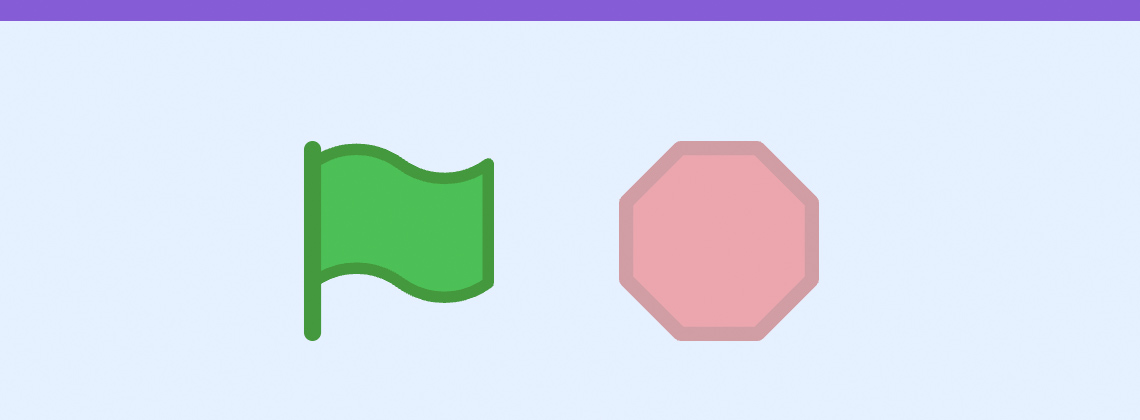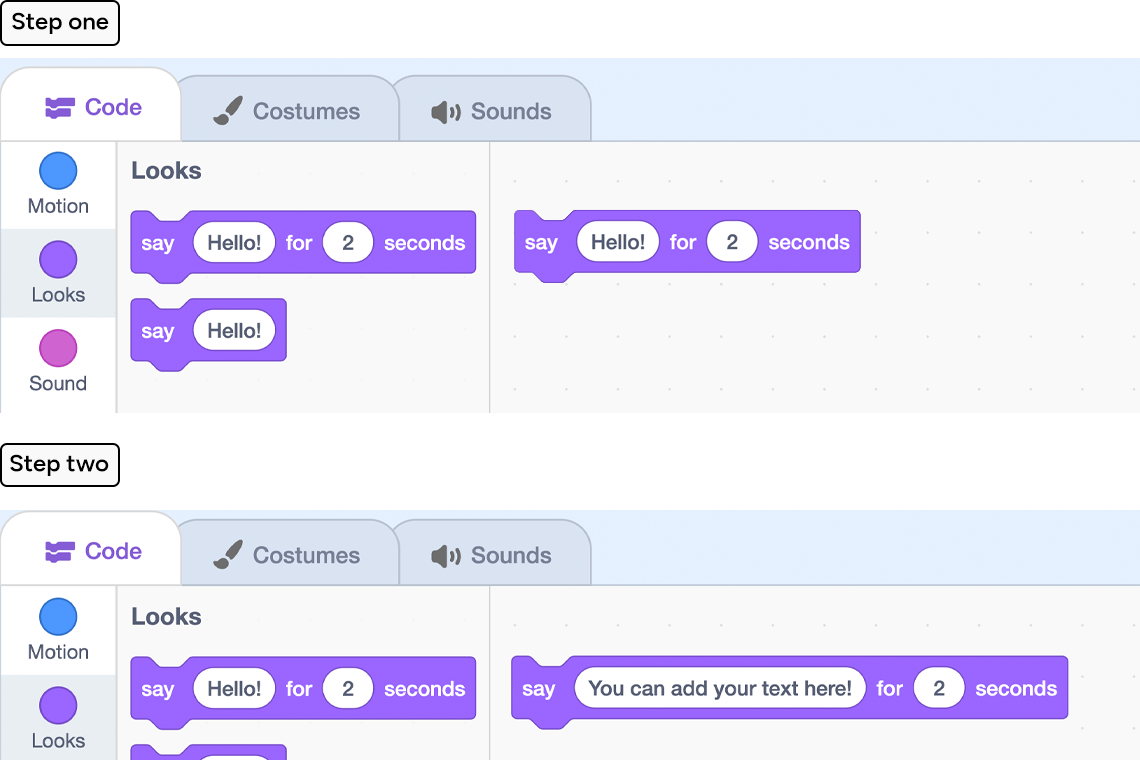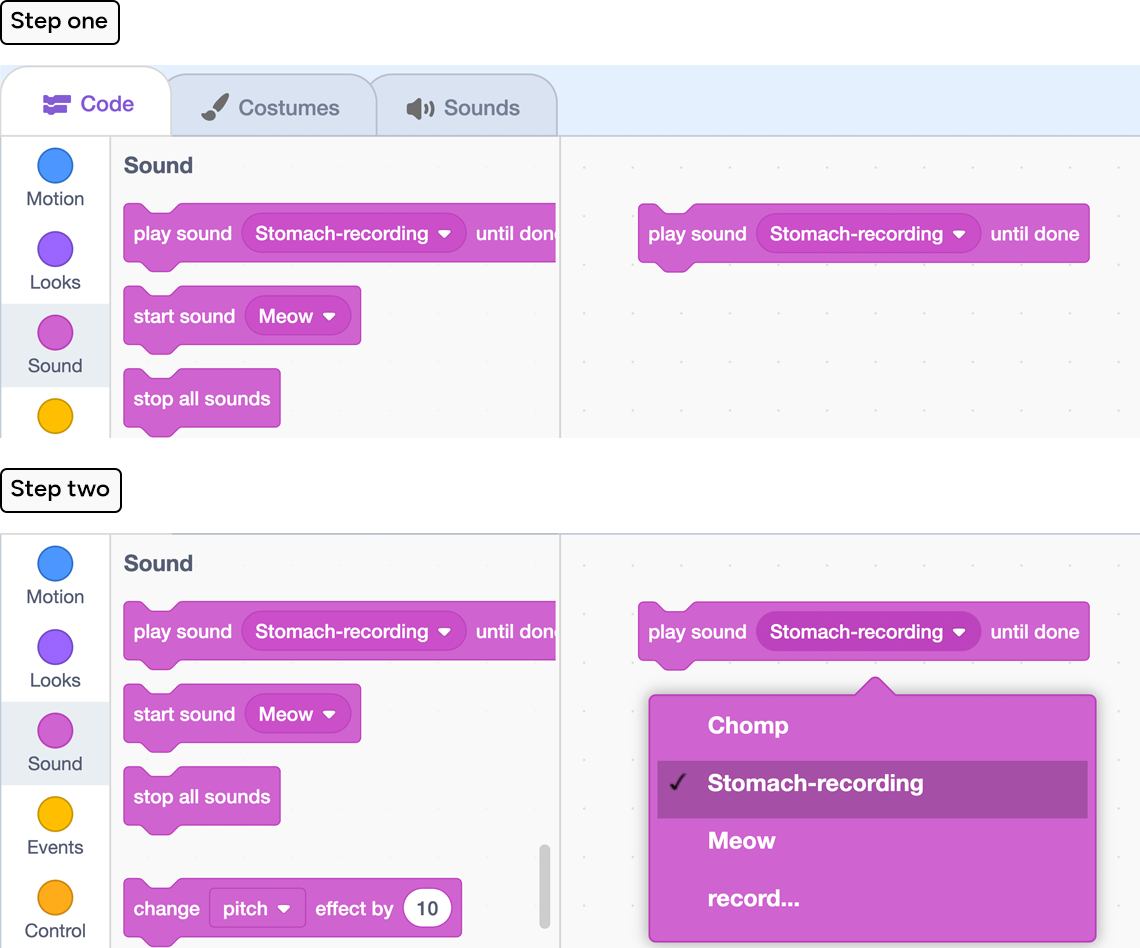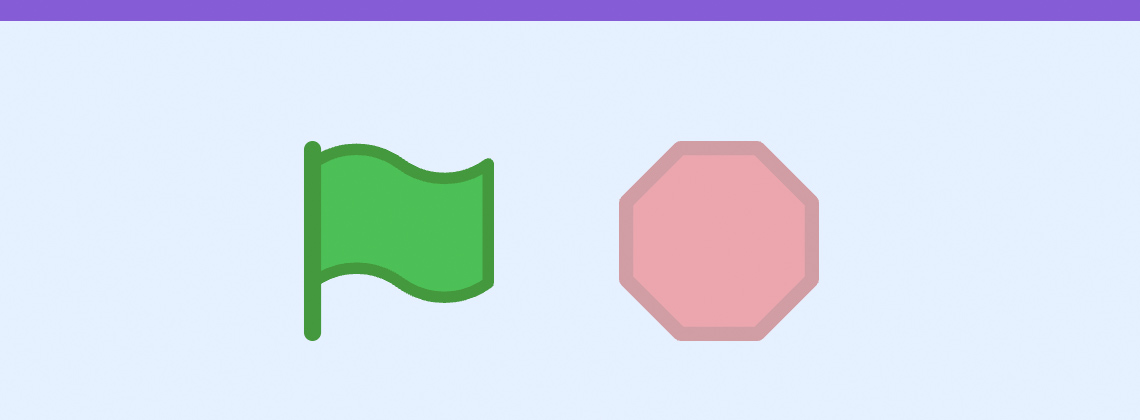Minds On
First, then, next…
The body is made up of a number of organs and these organs are parts of systems that can be affected by a variety of factors.

Learning about the human body and how it works can help people understand how to take care of all its different parts.
In this learning activity, we will focus on the digestive system.
Check your learning!
Place the following events in sequence. Put the items in each answer box in the correct order.
Action
The digestive system
What does the digestive system do?
The digestive system breaks down food and turns it into parts that the body uses to survive and stay healthy.
Food is broken down in two ways: mechanical digestion and chemical digestion.
Mechanical digestion involves physical movement like chewing to break down large pieces of food into smaller pieces.

A panel of two images. The first image will be an illustration of a mouth and teeth chewing and the second image of the stomach-churning pieces of food.
Chemical digestion involves proteins called digestive enzymes that break down food into small molecules that the body can absorb and use.

The digestive system includes the salivary glands, mouth, esophagus, stomach, liver, pancreas, gallbladder, small and large intestines, and rectum.

The digestive system overlaid on an outline of the human body. It includes the salivary glands, mouth, esophagus, stomach, liver, pancreas, gallbladder, small and large intestines, and rectum.
Coding the digestive system with Scratch!
Let’s explore what some of the digestive system organs do and how they work together to process food.

Two teachers talking. The teacher A says: As we learn about the digestive system, we will also be writing code to demonstrate our learning. Teacher B responds: That’s right, Teacher A! We will use the program Scratch, to narrate the digestive process from the perspective of each organ. Teacher A is saying: Teacher B and I will take care of the first half of the digestive system (salivary glands, mouth, esophagus, and stomach). Teacher B says: Our first stop is the mouth!
Coding is a computer programming language that can be used to model concepts and design programs.
Scratch is a coding application that uses blocks to create code.
To learn more about the Scratch program, press the All About Scratch button.
Scratch is a coding program that uses blocks.
A block is a small piece of code that fits with others like a puzzle piece. Each kind of block controls an action. There are many kinds of blocks that each perform a different action.
Code is made by connecting blocks. This is called a code block or a script!
The space where you build your code is known as the scripts area. Blocks are placed into the scripts area to make code. When the code is activated, it is known as running code.
To start creating code, move blocks to the scripts area. Blocks need to be snapped together by placing them underneath each other. This is how we create code!
For this activity, we will use Scratch to edit, or “remix”, already-created code, and to help us understand the digestive system and the function of its main organs.
Follow the link(Opens in a new window) to view and remix the code.
If you are not able to access Scratch, use the images and descriptions to help you complete this activity in a method of your choice.
Let’s begin by exploring the mouth, one of the organs in the digestive system that you will be narrating in this Scratch activity.
Mouth
Both mechanical and chemical digestion happens in the mouth.
The teeth help break down the food into smaller pieces (mechanical digestion).
The salivary glands make saliva, which contains different enzymes that begin to break down food. Saliva also moistens food so it can move easily through the esophagus into the stomach.
Saliva also contains an enzyme that beings to break down carbohydrates and some fat (chemical digestion).

Did You Know?
Fun fact!
The mouth is the beginning of the digestive tract. However, the first step in the digestive process technically happens before the first bite! The presence or smell of food sets off the salivary glands in the mouth which causes the mouth to water or salivate.
Time to code: Mouth
Now that you have explored what the mouth does, let’s learn how to add a narration to a code in Scratch.
There are different ways to add narration to a Scratch project. Explore the following example of a narration in Scratch using a sound block.

This block plays the sound “Chomp”. Let’s explore how you can include a sound block into your scratch project.
Instructions
Run the application first to experience the narration with the existing code. Press on the green flag to run the code. What do you notice?

Let’s try modifying a sound block.
- Find the sound block that plays the sound “chomp” in the scripts area.

- Press the ‘Chomp’ dropdown and select the ‘Bite’ option.

- Run the code again by pressing the green flag. Do you notice anything different this time?
Esophagus
After food is swallowed, it enters the esophagus.
The esophagus is the organ that connects the mouth and stomach. It creates wave-like movements that push and squeeze the food down into the stomach.

Time to code: Esophagus
A say block is another Scratch block that can help us narrate the functions of the esophagus.
Explore the following example of a say block in Scratch.

This block creates a speech bubble that says “Hello!” for two seconds. Let’s explore how you can include a say block into your Scratch project.
Instructions
Try modifying a say block.
- Find the say block in the scripts area that says: “Woohoo! Surf’s up! I’m moving like a wave to squeeze the food down into the stomach!”.

- Select the text in the block and replace it with your own text.

Description There are two steps in the image.
- A say block that reads “say ‘Esophagus: Woohoo! Surf’s up! I’m moving like a wave to squeeze the food down into the stomach!’ for nine seconds.”
- The say block has been edited to read “I’m learning all about the esophagus!”
- Run the code again by pressing the green flag. Do you notice anything different this time?
Student tips
Student tip
If the text is longer than 2 words, adjust the number of seconds that the text appears.

Stomach
The stomach is a stretchy sack where food is churned (mechanical digestion) and mixed with different digestive enzymes and juices, including hydrochloric acid (chemical digestion). These chemicals break down fats and proteins.
The partly digested food is called chyme.
Did You Know?
Fun fact!
The stomach is coated in a mucus lining which protects it from the strong acid that it produces to help digest food.

Time to code: Stomach
Now that you’ve explored modifying say and sound blocks, it’s your turn to remix the code! Let’s try modifying an existing say block or adding a new sound block to your Scratch project. The choice is yours!
Instructions
- Find the say block in the scripts area that says: “Welcome! You’ll be here for at least the next two hours. I mix and churn with enzymes and other digestive juices to create a substance called chyme.”

- Modify the say block with your own text OR add a new sound block above or below it.
- Run the code again by pressing the green flag. Do you notice anything different this time?
Code the rest of the story!
Now it’s your turn to create code to narrate the rest of the story!
You will use the following information about each organ to narrate your code from the perspective of each organ.
You may choose to record notes about each organ digitally, orally, or in print to help plan your narration.
Small intestine
The small intestine is a long stretch tube that breaks down the chyme even more so that the body can absorb all the nutrients (e.g., vitamins, minerals, carbohydrates, protein, and fat) from the food.
The chemical digestion in the small intestine relies on help from the liver, pancreas, and gallbladder. Digestion is a team effort!

An illustration of the digestive system with the following parts labelled mouth, salivary glands, esophagus, stomach, small intestine, liver, and pancreas.
Did You Know?
Fun fact!
Finger-like structures called villi line the small intestine. They help to absorb the nutrients from the chyme. The small intestine is where most of the nutrients from food are absorbed!

How will you code the small intestine?
Large intestine
From the small intestine, undigested food as well as some water travel to the large intestine.
The large intestine absorbs water from the chyme, which keeps the body from becoming dehydrated!
When most of the water is gone, the solid waste moves to the rectum where it will eventually leave the body.

An illustration of the digestive system with the following parts labelled mouth, salivary glands, esophagus, stomach, small intestine, liver, pancreas, large intestine.
How might you narrate the large intestine in your code?
Rectum
The rectum is part of the large intestine, and it is where stool (poop) is stored until it is ready to leave the digestive system.

An illustration of the digestive system with the following parts labelled mouth, salivary glands, esophagus, stomach, small intestine, liver, pancreas, large intestine, rectum.
How might you code the rectum?
Time to code!
Use what you have learned about the small intestine, the large intestine, and the rectum to narrate the journey of the muffin through this part of the digestive system.
Follow the link(Opens in a new window) to access the code.
Coding hints:
There are say blocks that have been added to the code for you.
Add your narration for the small intestine, large intestine, and rectum.
You may also choose to:
- add more say blocks
- add sound effects by adding a sound block above or below a say block
- replace a say block with a sound block and record your own sound or speech
Press the following tabs to access a reminder of how to add blocks to your Scratch project.
In the “Code” tab, drag out a say block and click it to make the sprite say something. Type your message into the text box (where it says “Hello!). You can also adjust the number of seconds you would like the message to appear.

Drag out a sound block and click the down arrow next to the sound. You may select a sound already included in the project or choose to record your own sound or speech. To record, select ‘record…’ in the dropdown menu.

There are two steps in the image.
- A screenshot of the Scratch code menu. The ‘Sound’ tab is active.
- A dropdown menu with a list of sound options from the play sound block. The sound “Stomach-recording” is selected.
Test it out!
Once you have added your narration for the remaining organs, click the green flag to run the code. This will allow you to find and fix any errors in the code or ‘debug’ the code. For example, you might check if the say or sound blocks line up with the location of the food in the digestive tract. You may also check if blocks appear in the correct order.

Consolidation
Learning check!

Select the correct answer, then press “Check Answer” to see how you did.
Pause and Reflect
Reflection questions
Use the following questions to reflect on your experience of representing the digestive system in different ways.
- What do you like best about the project you made?
- How has writing code, or creating a model of the digestive system, helped you to describe the function of the organs in the digestive system?
- How might you add to or change the code or model next time?
Record your responses using a method of your choice.
Reflection
As you read through these descriptions, which sentence best describes how you are feeling about your understanding of this learning activity? Press the button that is beside this sentence.
I feel…
Now, record your ideas using a voice recorder, speech-to-text, or writing tool.